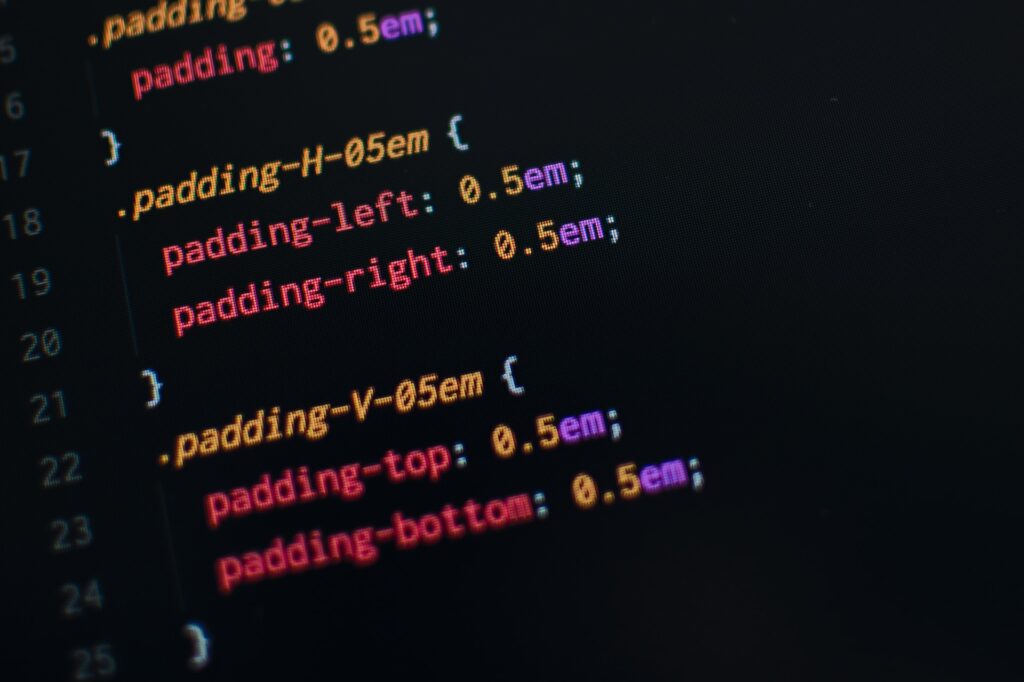Demystifying Units in CSS: Understanding EM, REM, %, and More

In the world of web development, Cascading Style Sheets (CSS) plays a vital role in styling and layout. When it comes to defining sizes and measurements, CSS offers a variety of units to choose from. However, understanding the differences between these units can be confusing, especially when it comes to EM, REM, %, and their relation to one another. In this article, we’ll unravel the mysteries behind these units and shed light on their distinctive characteristics.
- Pixels (px): Pixels are the most commonly used unit in CSS. They provide a fixed measurement based on the screen’s resolution and represent a specific number of physical pixels. One pixel equals one dot on the screen. The main advantage of using pixels is that they provide precise control over element sizes and positions. However, using pixels can sometimes lead to layout inconsistencies on different devices with varying pixel densities.
- Percentages (%): Percentages in CSS refer to a proportion of the parent element’s size. When you set an element’s width or height in percentage, it will be calculated based on its parent’s dimensions. For example, if a parent container has a width of 500 pixels, setting a child element’s width to 50% will make it 250 pixels wide. Percentages are commonly used for creating responsive designs, as they adapt to the available space dynamically.
- EM (em): EM is a relative unit of measurement that depends on the font-size of the element or its parent. The value of 1em is equal to the font-size of the element. For example, if an element has a font-size of 16 pixels, 1em would be equal to 16 pixels. When you specify a value in em for an element, it will inherit its parent’s font-size and scale accordingly. This makes EM particularly useful for creating scalable layouts and maintaining consistent proportions across different devices and font-size variations.
- REM (rem): REM, which stands for “root em,” is similar to EM but has a crucial distinction. While EM is relative to the parent element’s font-size, REM is relative to the root element’s font-size (typically the <html> tag). This means that REM units remain consistent throughout the entire document, regardless of nested elements. REM units are especially helpful for creating scalable and modular designs, where changes in the root font-size impact all elements using REM units.
- Viewport Units (vw, vh, vmin, vmax): Viewport units are relative to the size of the browser’s viewport. They allow you to size elements based on a percentage of the viewport’s dimensions. The viewport width (vw) and viewport height (vh) are commonly used to create responsive layouts that adapt to different screen sizes. Viewport units are particularly useful for full-screen elements, hero sections, and typography scaling.
In conclusion, understanding the differences between EM, REM, %, and other units in CSS is essential for creating flexible and responsive designs. While pixels offer precise control, percentages adapt to the parent container, EM units scale with the font-size, REM units scale with the root font-size, and viewport units respond to the browser’s viewport dimensions. By utilizing these units appropriately, web developers can create layouts that are versatile, accessible, and visually appealing across various devices and screen sizes.
More Articles Like: Demystifying Units in CSS: Understanding EM, REM, %, and More
Maximizing Terminal Productivity with GNU Screen
In the world of command-line interfaces, productivity is paramount. To this end, GNU Screen has been a steadfast companion for system administrators, developers, and Linux enthusiasts for over three decades. This versatile terminal multiplexer empowers users to work efficiently with multiple terminal sessions, making it an indispensable tool in the arsenal of anyone who regularly […]
Exploring the Potential of Derma Rollers in Reversing Hair Loss
Hair loss, medically known as alopecia, is a common concern that affects individuals of all ages and genders. As people search for effective remedies, various treatments have emerged, including the use of derma rollers. These handheld devices, equipped with tiny needles, have gained attention for their potential to stimulate hair growth and reverse hair loss. […]
The Ubiquitous Influence of IoT: Exploring Applications Across Industries
The Internet of Things (IoT) has emerged as a transformative force, seamlessly interconnecting devices and systems to reshape industries and lifestyles. With its ability to gather, transmit, and analyze data from various sources, IoT has found applications in numerous sectors, revolutionizing processes, enhancing efficiency, and creating new possibilities. From smart homes to industrial automation, healthcare […]





